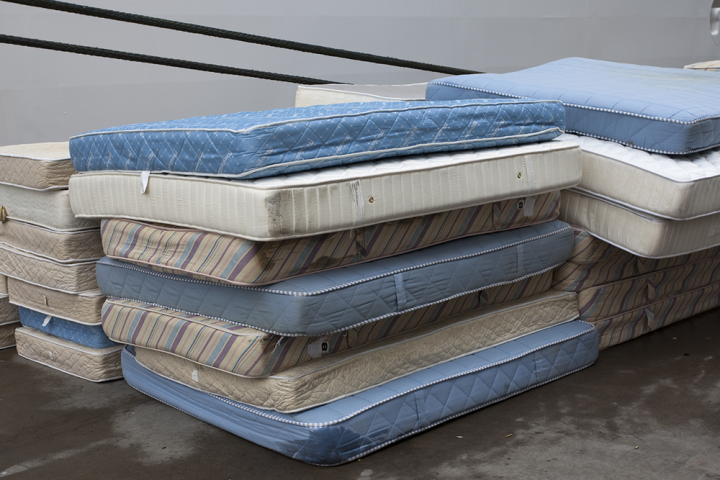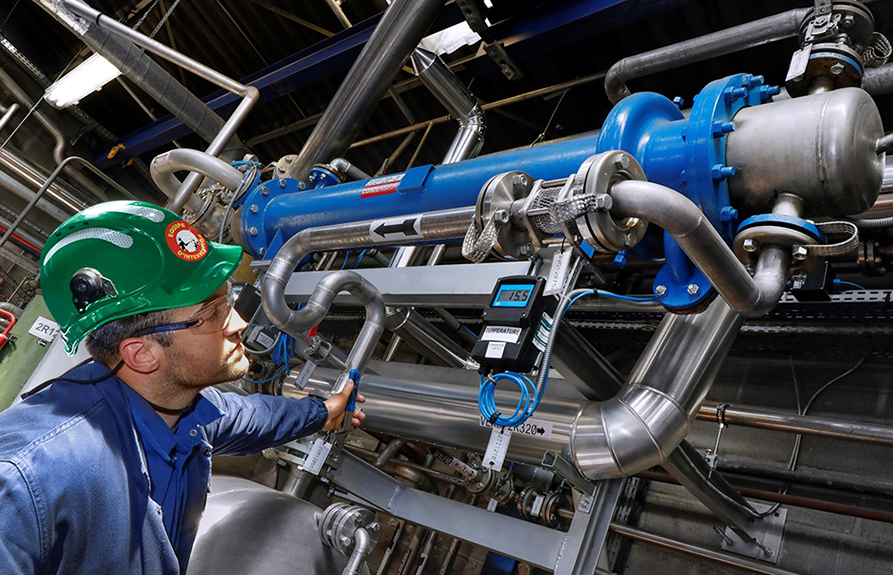“Sustainable development is not a pipe dream; it is truly part of our DNA.”

Can you present your company in a few words?
Orrion Chemicals Orgaform has been in existence since 2010, although our business is older than that. We are a French manufacturer of industrial adhesives, coating products and release agents for polyurethane foam parts. We have a strategy of positioning ourselves in niche markets with high added value.
Our main markets are the automotive, building and construction, furniture and food packaging industries. Thanks to our large capacities, we have also developed a contract work business line for small chemical companies as well as for large multinationals such as Dow. Dow has been one of our customers since Orrion Chemicals Orgaform was created.

|
You are known for your commitment to sustainable development, in which you have invested heavily. What is your position on this, and more specifically on the circular economy?
Sustainable development is part of our DNA. We are convinced that the circular economy is a long-term solution for our industry. For example, we have invested heavily in R&D to develop water-based rather than solvent-based release agents. In addition, we are re-treating our cleaning solvents for distillation and re-use. It seems much smarter to us to reintroduce them into our production circuits than to use them as fuel for cement plants. The circular economy is a given, there is no future without it, and the chemical industry has a key role to play. For us, it is essential to work towards reducing our environmental footprint.
You have developed a process to chemically recycle polyurethane foam from mattresses. Why did you take an interest in this foam?
|
We manufacture release agents for demoulding polyurethane foams, and more specifically for flexible foams such as mattresses. It is therefore a material with which we are perfectly familiar. When Dow told us about their RENUVATM programme and asked us whether we wanted to participate, we were immediately very enthusiastic about joining in.
|

. |
What is the RENUVATM programme?
It is a circular economy programme created by Dow with the aim of recycling and converting end-of-life polyurethane foam mattresses into a new raw material (polyol). The programme, which is based on a technology that has never before been implemented on an industrial scale, aims to bring together all the members of the value chain by creating an ecosystem model that promotes the circularity of the products that are put on the market.

|
This is quite ambitious, because the dominant idea is to recycle polyurethane foam in the most appropriate way and then use it as a real raw or secondary material for various rigid or flexible foam applications. |
What is that value chain?
The programme’s implementation in France originated with Dow. We are working with them to integrate the chemical recycling technology that will enable us to manufacture the recycled polyol from the mattresses (the RENUVATM polyol). Once we have delivered it to Dow, the company will convert it back into polyurethane foam and sell it to converters.
|
This foam can then be used to manufacture other polyurethane products, including new mattresses. A great example of the circular economy! The Eco-Mobilier organisation is another key partner, as it organises the collection of used mattresses in France and is responsible for separating the various components. It is thanks to them that Orrion will obtain the post-consumer foam to be recycled.
|

|
What process do you use to recycle the foam?
It is a high temperature depolymerisation process known as glycolysis. It is a process that has been around for some years now and which Dow has been able to evolve to make it possible to recycle polyurethane foams. The challenge has been to find the right method to be able to recycle all mattress foams regardless of their age and density. We keep the details of the process confidential, so I won't be able to provide you with any more details.
As far as polyurethane foam is concerned, what are the advantages of chemical recycling over mechanical recycling?
Mechanical recycling of course has a role to play in the re-use and re-conditioning of end-of-life polyurethane objects. Nevertheless, the market for these products is still limited. Therefore, alternative technologies such as chemical recycling need to be developed in order to find new outlets for them and to increase the volume of material that can be recycled.
During the chemical recycling process, the polyurethane foams from the mattresses are converted into polyol, one of the main chemical components of their polymer. The latter can replace up to 50% of the conventional polyol in rigid or flexible polyurethane foams. Of course, these foams are fully recyclable and can be used again to make polyol. This closes the loop.
How is the recycling of used mattresses organised?
As I said earlier, our other partner in the implementation of this ambitious project is Eco-Mobilier, a French non-profit eco-organisation which was created in December 2011 for the collection and recycling of used furniture. This loop is financed thanks to the eco-participation of citizens when buying new furniture or mattresses. Eco-Mobilier works in partnership with operators throughout France who collect the mattresses and transport them to dismantling centres, where the polyurethane foam is separated from other components, such as metal, fabric and latex foam. It is the latter material that will be sent to our factory to be processed as part of the RENUVATM programme.

|
For the time being, mattress recycling is limited to France. Do you think your technology could be transferred to other European countries?
France was chosen as the country in which the first RENUVATM plant with a capacity to process volumes of materials to be recycled on an industrial scale would be built. Our country has one of the most advanced infrastructures in terms of mattress recycling, including an Extended Producer Responsibility (EPR) system in the Eco-Mobilier organisation. At the same time, regulations, notably through the anti-waste and circular economy Act (the AGEC Act), will increase the resources that are made available to facilitate the collection and sorting of waste and the recycling of the various materials. In order to set up a programme similar to RENUVATM in other countries, appropriate waste management infrastructures must exist. We, Dow and Orrion, are therefore in favour of the development, in other countries, of ecosystems comparable to the French model and hope to be able to reproduce elsewhere what we are developing here.





